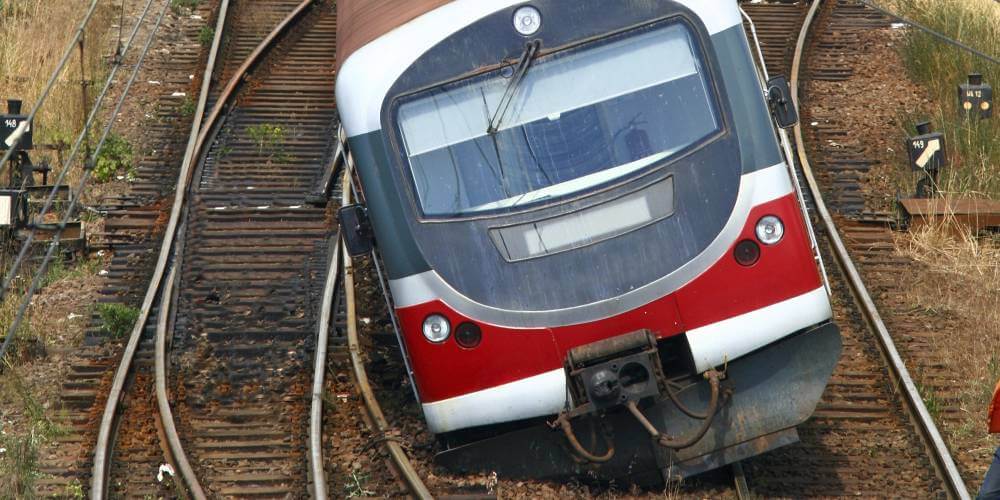Illinois is working towards the creation of a high-speed passenger rail line that would run from Chicago to St. Louis. Begun in 2010, workers have installed higher-grade ties and rails on existing tracks and have made curves easier to negotiate at faster speeds. Those improvements have produced results: During a recent test on the line, a train reached 111 miles per hour on a 15-mile section of track. Trains typically reach top speeds of around 80 miles per hour on the Chicago to St. Louis run.
With passenger trains traveling faster, safety is of great concern. Train accidents can produce devastating injuries at current speeds; quicker trains counsel for greater protections for pedestrians and motorists at rail crossings. To that end, the Illinois Department of Transportation has started to install improved gates at crossings along the route. A spokesperson for the DOT said that where the “quad gates” are being used, there has not been one train accident.
The trouble is that the budget for such safety measures is tight. The DOT has admitted that as people reduce their usage of gasoline, the state takes in less in fuel taxes, which affects its ability to pursue transportation projects.
The future of the high-speed line is still up in the air. Although ridership on the Chicago to St. Louis route is up by 11 percent over last fiscal year, the initiative has its political opponents, who are chiefly concerned about rail transportation’s costs and profitability. Whatever the outcome, however, Illinois residents have the right to be duly protected from the dangers of train accidents.
Source: Associated Press, “High-speed Chicago to St. Louis train hits 111 mph,” Oct. 19, 2012
Source: Chicago Daily Herald, “Experts say rail crossing safety costly but crucial,” Marni Pyke, Oct. 11, 2012

